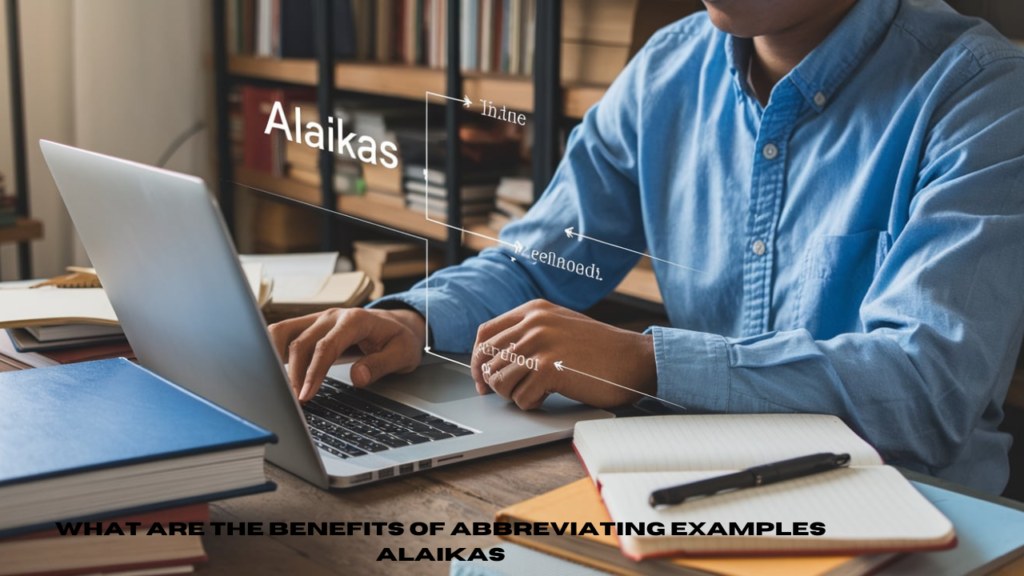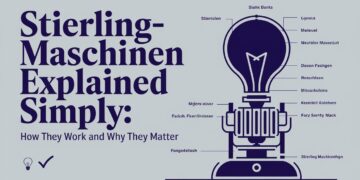In the fast-paced world of communication, clarity and efficiency are crucial. Abbreviating examples have emerged as a practical approach to improving readability and streamlining content. The phrase “what are the benefits of abbreviating examples alaikas” encompasses the idea of simplifying information without compromising its quality. But what exactly are the advantages of using this method? Let’s explore this concept in depth.
Brevity and Conciseness
One of the most apparent benefits of abbreviating examples is reducing text length. Long-winded explanations can overwhelm readers, but abbreviations condense information into digestible bits.
- Reduced Text Length: Abbreviations make sentences shorter. This is particularly beneficial in formats where space is at a premium, such as tweets, headlines, or academic papers with strict word limits.
- Improved Readability: Simplifying content through abbreviations allows readers to grasp key points without wading through excessive details. Shorter sentences naturally enhance the flow of the text, ensuring that the message remains engaging and easy to follow.

Enhanced Efficiency
Abbreviating examples doesn’t just save space; it also saves time, making communication more efficient.
- Time-Saving: Typing abbreviations is significantly quicker than writing out complete phrases. This is especially valuable in professional settings where time is of the essence.
- Streamlined Communication: In technical or specialized fields, abbreviations can bridge gaps in understanding among experts familiar with the terminology. They eliminate redundancy and speed up the exchange of ideas.
Consistency and Clarity
A well-thought-out use of abbreviations enhances a document’s overall structure and organization.
- Standardization: Using the same abbreviations throughout a document ensures uniformity. This consistency minimizes confusion and helps readers stay focused on the main content.
- Improved Organization: Assigning specific abbreviations to recurring examples can create a structured narrative. This technique allows writers to maintain clarity while presenting complex ideas logically.
Eco-Friendly Writing
Abbreviating examples can contribute to environmentally conscious practices, especially in print media.
- Reduced Paper Usage: Shorter text means fewer pages, reducing paper consumption. This eco-friendly approach is a small but meaningful step toward sustainability.
- Energy Savings: Digital documents with concise text require less storage space and consume less energy during transmission and processing.
Guidelines for Effective Use
While abbreviations offer numerous advantages, their effectiveness depends on how they are used. Here are some best practices:
- Clarity: Always ensure that abbreviations are unambiguous. Introduce the complete form of an acronym the first time it appears to avoid confusion.
- Context: Tailor your abbreviations to suit the audience. For instance, technical abbreviations may work well for a specialized audience but confuse general readers.
- Consistency: Stick to the same abbreviations throughout your document. Switching between complete forms and abbreviations can disrupt the reader’s flow and diminish the impact of your message.
- Audience Awareness: Gauge your audience’s familiarity with the abbreviations. Avoid using obscure terms that might alienate readers.
A Fun and Engaging Approach
Abbreviating examples don’t have to be boring! Creative use of abbreviations can add a layer of engagement to your content.
- Interactive Abbreviations: Encourage readers to guess or interpret abbreviations before revealing their meanings. This can make the content more interactive and memorable.
- Acronym Games: Use playful acronyms that align with your topic to capture attention and make learning enjoyable.

Also read: shared joy is a double joy; shared sorrow is tymoff: The Power of Connection
Climax
The benefits of abbreviating examples, as encapsulated in the question “what are the benefits of abbreviating examples alaikas”, extend beyond mere brevity. They enhance readability, efficiency, and organization while also supporting eco-friendly practices. However, the key to leveraging these benefits lies in judicious application. By following best practices and considering your audience, you can ensure that your abbreviated examples contribute to effective and impactful communication. Embrace this technique to elevate your writing and deliver concise, compelling content!
















































